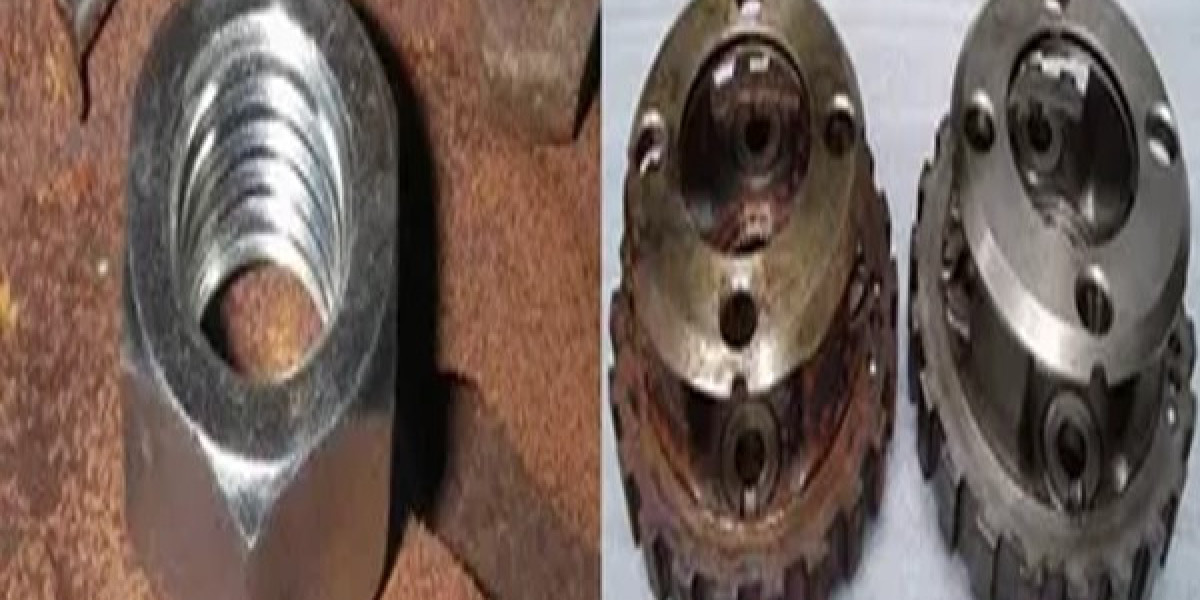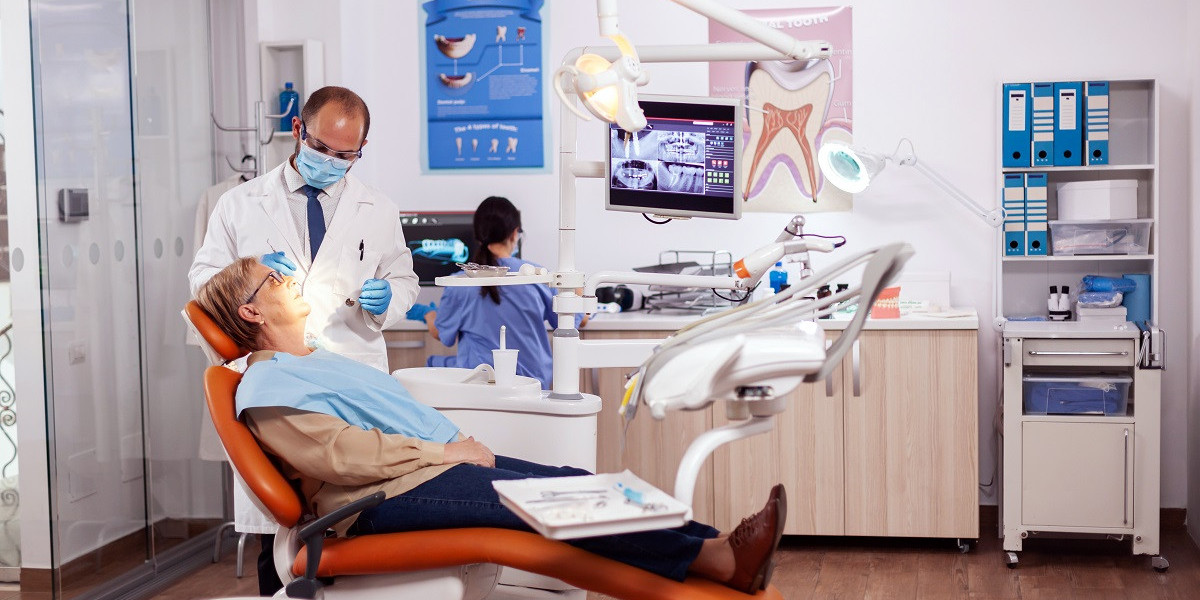Reasons for Rust Formation
One of the main reasons that rust forms on metal surfaces is exposure to oxygen and moisture in the air. Iron, the primary component of steel, readily reacts with oxygen to form iron oxides, what we recognize as rust. Several factors contribute to increased rust formation, including humidity levels, pollution, temperature fluctuations, and the type of metal alloy. Rust typically begins as a thin layer on the metal surface and will continue spreading inward and consuming the metal over time if left unaddressed. Understanding what causes rust is important for selecting the best methodology to remove it.
Surface Preparation is Key
Before attempting to Rust Remover, it is necessary to properly prepare the surface. This involves removing any loose debris, scale, or flaking material that is not adhered to the base metal. This can be accomplished through wire brushing, sanding, or scraping. The goal is to remove only the loose contaminants and leave a surface with uniformly adhered rust. Getting down to fresh metal is not required at this stage. Thoroughly cleaning and drying the area is also recommended prior to applying any rust remover products. Proper surface preparation exposes the bulk of the rust for effective treatment while avoiding damage to the underlying metal structure.
Chemical Rust Removers
Applying a chemical rust remover is one of the most common methods for rust elimination. These products work by chemically reacting with rust compounds to dissolve them. When selecting a remover, it is important to choose one specifically formulated for the type of metal, such as formulations for steel, cast iron, or aluminium. Removers contain acids or other aggressive chemicals that could damage the wrong type of metal. Always follow product instructions carefully regarding application methods and safety precautions like gloves and eye protection. Common active ingredients in chemical rust removers include acids like phosphoric, hydrochloric, or citric that will neutralize rust on contact. These types of removers produce the quickest results but require thorough rinsing to avoid residue.
Wire Brush and Sandpaper
For lightly rusted surfaces, mechanical means of rust removal like wire brushing or sandpaper can be effective options. The rough texture of these abrasives is able to physically break contact between the rust and metal substrate. When wire brushing, use firm, even strokes following the direction of the original metal grain. Replace worn bristles frequently for best results. Wet/dry sandpaper between 80-220 grit works well for rust, with higher grits for smoothing. This method takes more time and effort but avoids use of harsh chemicals. It is best for small areas or when chemical removers are not suitable due to environmental restrictions. Proper lubrication with oil or water is needed during sanding to prevent heating or damaging the base metal.
Media Blasting
For large, heavy rust removal jobs, media blasting is a fast industrial solution. This process involves propelling an abrasive medium like sand, beads, or dry ice particles at high pressure against the rusted surface. Many professional blasting cabinets allow for easy recycling of the media. Steel grit and shot are effective for rust and paint removal on metal. Glass bead media produces an optically smooth finish useful for coating applications. Plastic media types minimize surface damage risk compared to grit. Media blasting leaves a uniform, profiled surface ready for coating without needing additional surface preparation steps. The equipment required makes it less practical for small do-it-yourself jobs but is very efficient for industrial usage.
Rust Prevention Moving Forward
Once rust has been fully removed, it is important to consider steps for preventing its recurrence. Thoroughly degreasing and drying the cleaned surface prepares it for a protective coating. For metal that will be exposed to the elements, applying a rust inhibiting primer and topcoat system is highly recommended. Marine-grade epoxy, alkyd enamel, or chlorinated rubber coatings provide an effective long-term barrier. If disassembly is not an option, weekly application of a rust inhibitor can help slow future formation. Keeping metal surfaces clean, dry and repairing any breaches in protective coatings will reduce the risk of additional corrosion and the need for future rust removal efforts. With the proper removal technique and prevention strategy, metal can maintain its strength and appearance long term.
Get this Report in Japanese Language: サビ取り剤
Get this Report in Korean Language: 녹 제거제
About Author:
Money Singh is a seasoned content writer with over four years of experience in the market research sector. Her expertise spans various industries, including food and beverages, biotechnology, chemical and materials, defense and aerospace, consumer goods, etc. (https://www.linkedin.com/in/money-singh-590844163)










